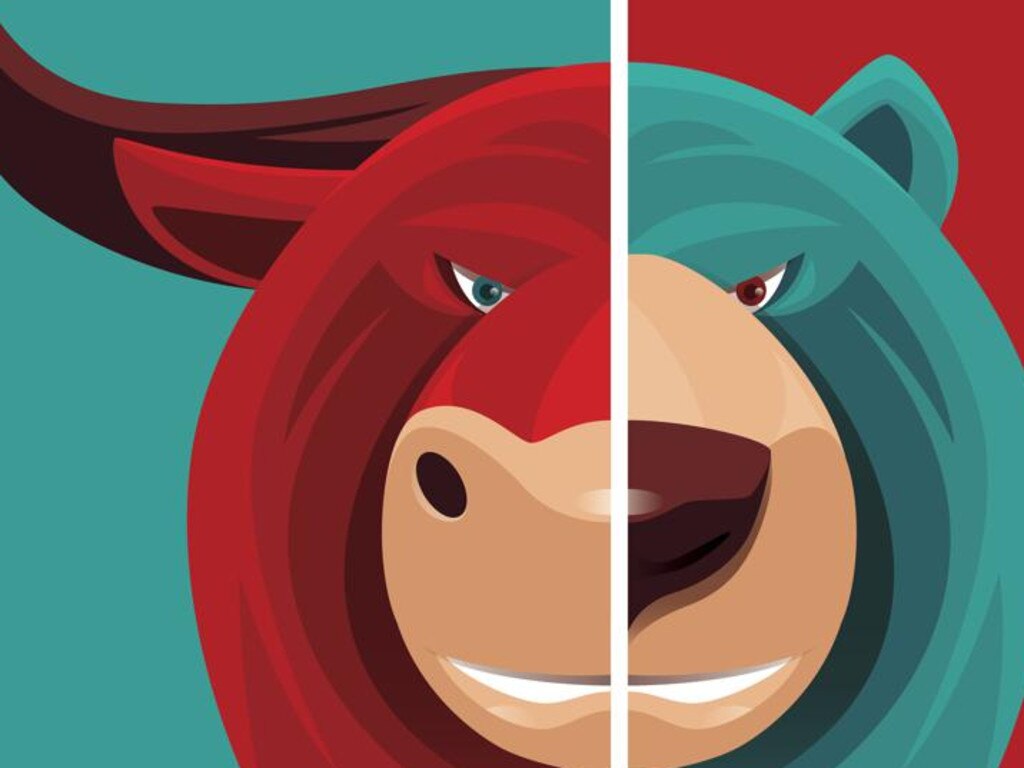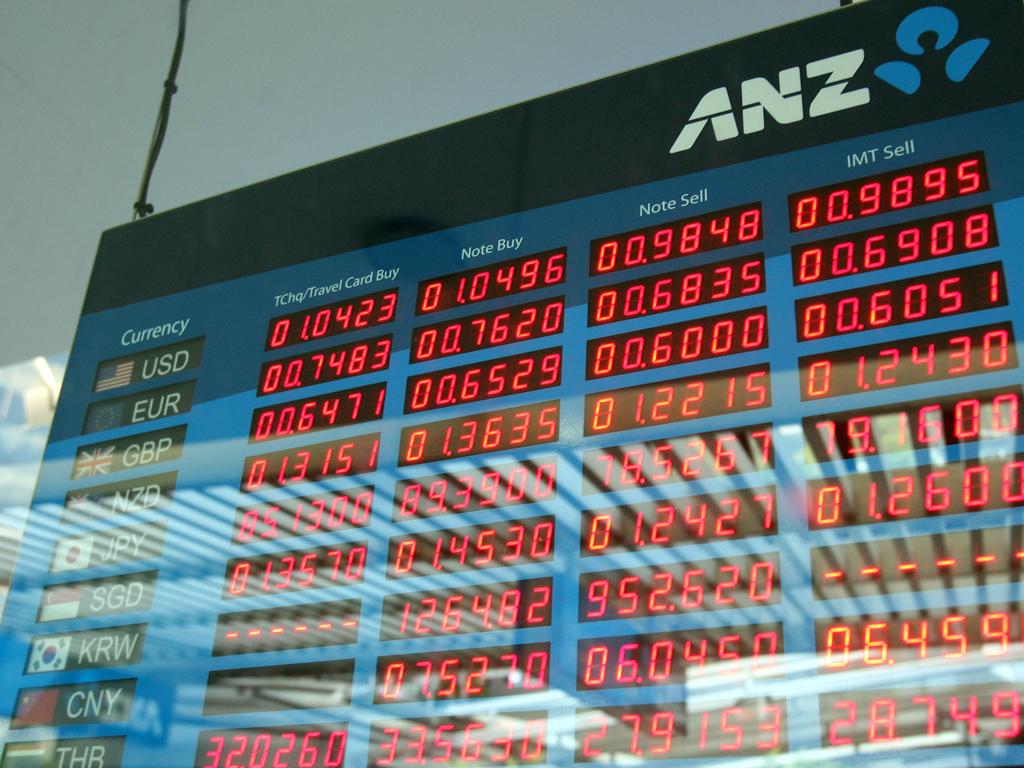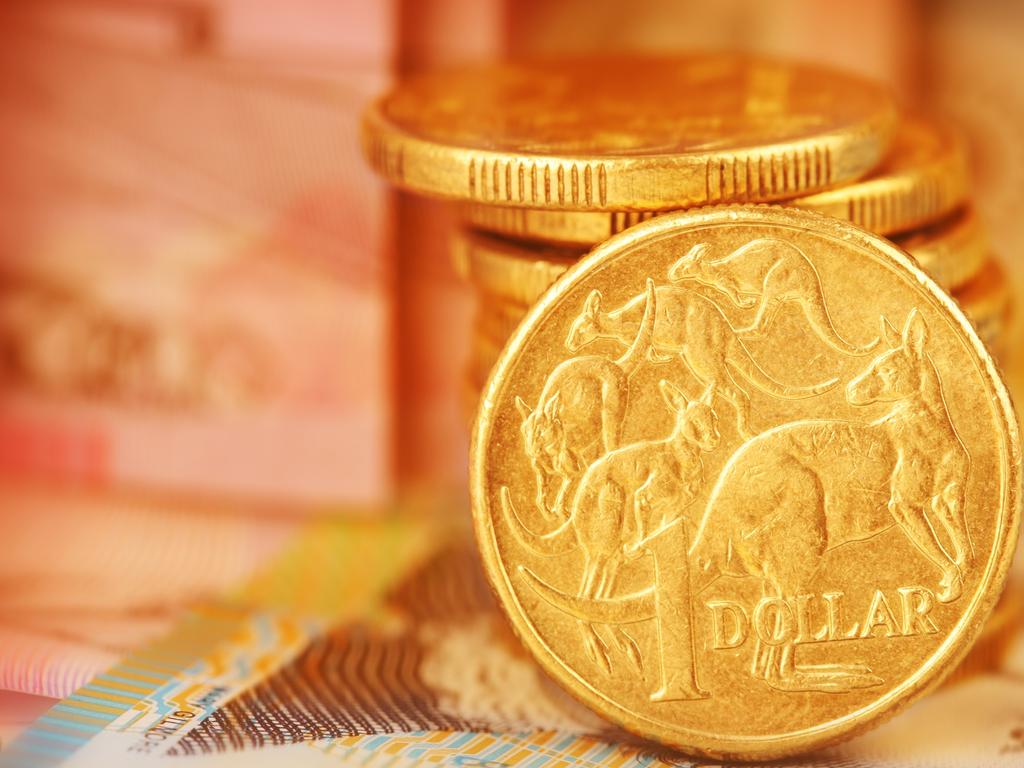RBA governor Philip Lowe details the bad and the ugly. There’s not much good from coronavirus impact.


Governor Philip Lowe said in a statement after the central bank’s monthly policy meeting that “a very large” economic contraction is expected in the second quarter.
He didn’t pull any punches about the job market either, saying “the unemployment rate is expected to increase to its highest level for many years”.
No actual forecasts were published by the RBA, with Lowe’s unprecedented comments sufficient to signal that those in the corridors of power at the RBA, the Treasury and parliament’s ministerial wing aren’t under any illusions about the storm ahead.
The scale of the challenge is why Treasurer Josh Frydenberg has all his budget stimulus guns blazing, and why the RBA has cut interest rates to as low as they can reasonably go, while also adopting measures to keep interest rates in the bond market down, pledging to support banks and to keep the effort up for as long as it takes.
While neither the government nor the RBA have wanted to put exact numbers on what to expect from the economy in the second quarter, economists have been less skittish.
George Tharenou, chief economist at UBS in Sydney, forecasts that Australia’s GDP could contract by as much as 10 per cent in the June quarter, lifting the unemployment rate to more than 10 per cent. More frightening still, he worries his forecasts might be on the optimistic side.
Numbers like Tharenou’s dwarf all the data seen during the global financial crisis by many multiples.
Tharenou keeps a close watch on foot traffic in retail stores, and this is where he sees clear warnings that he may be too upbeat about the economy.
Foot traffic in shops and job advertising have collapsed, he said. “This data clearly raises the risk the GDP contraction could be far worse,” he added.
The deterioration of the global economy is also a key risk for Australia. The number of people seeking unemployment assistance in the US spiked to a record 10 million across the last two weeks, a jump five to 10 times worse than the global financial crisis peak, Tharenou added.
Stephen Halmarick, chief economist at Commonwealth Bank of Australia, isn’t as downbeat as Tharenou, but there isn’t anything reassuring in his message.
Halmarick expects a 7.5 per cent contraction in GDP, confirming “a large and significant recession,” Australia’s first since the early 1990s.
The cratering of growth will be led by an expected 11 per cent fall in consumer spending, as the unemployment rate approaches 8 per cent, Halmarick added.
Ben Jarman, economist at JPMorgan in Sydney, expects the unemployment rate to spike into double digits in the second quarter. The numbers are hard to pin down, but he’s betting on a jobless rate of 11 per cent.
Plunge waiting to happen
Meanwhile, GDP may suffer “a near double-digit plunge” due to significant activity restrictions in some sectors, Jarman said.
The numbers that are set to flash across television screens will truly boggle the mind, so it’s important to brace psychologically now.
For Australians still wiping away the soot from the summer’s highly destructive wildfires, only to be locked in isolation now and fearing an unseen viral menace, this will test mental resilience to the utmost.
Lowe has been timely in moving to paint a realistic picture of the coming months. There’s no sense in sugar-coating it.
Still, depending on the spread of the coronavirus, the second half of the year could be a vastly improved story. The trick is to keep the lights on for small business and to limit the rise in the unemployment rate.
The government has gone to extreme lengths to ensure this happens.
If those two things are achieved, the comeback of the Australian economy in the third and fourth quarters of this year, helped by a recovering China, could be impressive.
But for now, it’s a matter of bracing for some extremely icy chills.
Dow Jones Newswires







The Reserve Bank of Australia is battling the deepest economic crisis to confront the country in more than 70 years, warning on Tuesday to expect the coming months will be ugly.